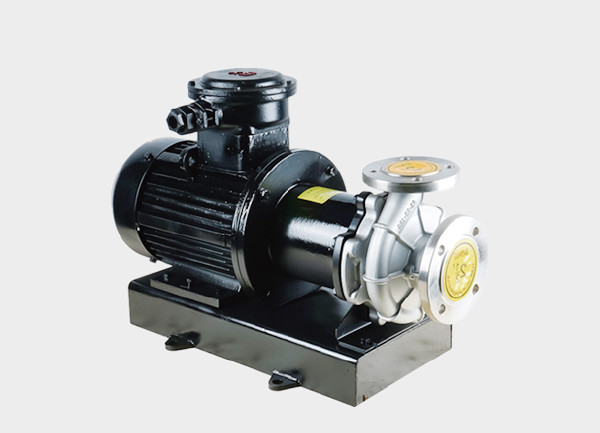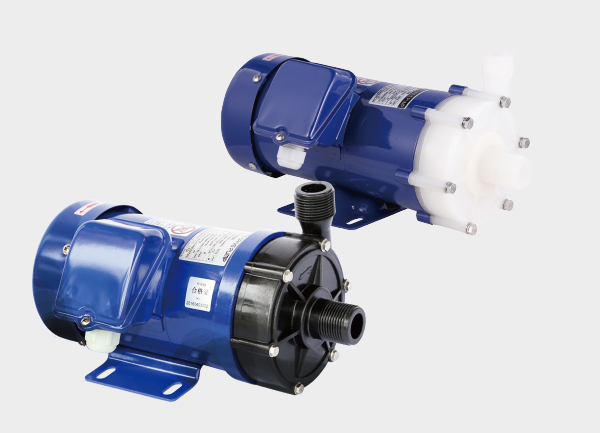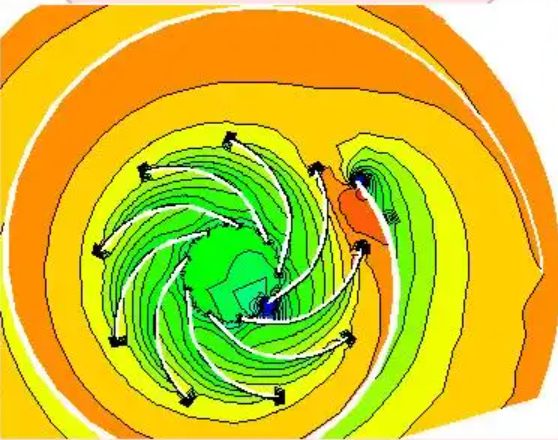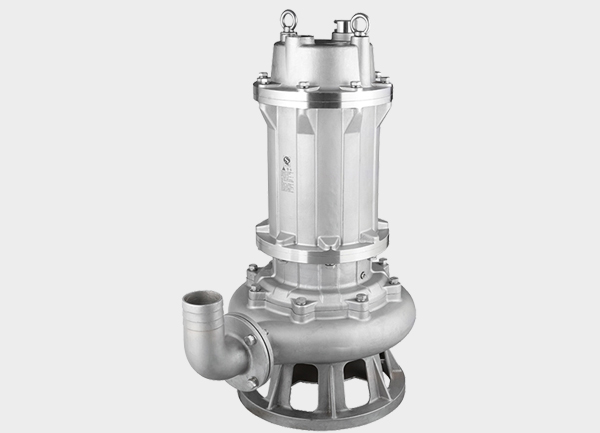In chemical processing, the working principle of a pump is the primary factor guiding pump selection. It determines the equipment’s flow characteristics, viscosity adaptability, and head range. Based on their fundamental operating mechanisms, chemical pumps are generally divided into centrifugal pumps, positive displacement pumps, and special principle pumps. Each category features distinct structures, advantages, and ideal application scenarios.
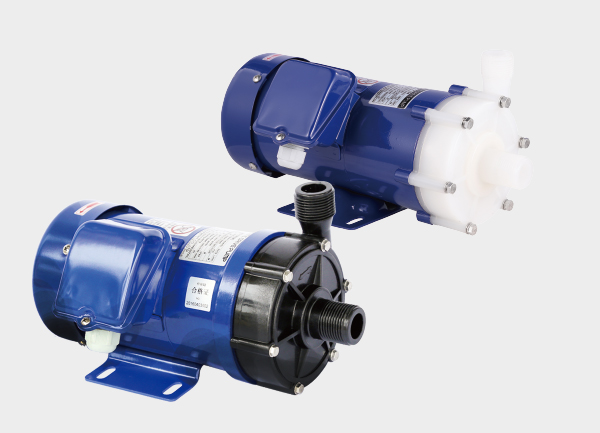
1. Centrifugal Pumps — The Mainstay of the Chemical Industry
Centrifugal pumps account for more than 70% of all chemical pump applications. Their operating principle relies on the high-speed rotation of the impeller, which imparts kinetic energy to the liquid. This energy is then converted into pressure energy within the volute casing, enabling continuous fluid delivery.
Key advantages include:
Large and stable flow rate
Wide head range
Simple structure and easy maintenance
However, centrifugal pumps are best suited for low-viscosity fluids (below 100 cP) that are clean or contain only small amounts of solids.
The core components include:
Impeller — performs the fluid work
Pump casing — converts kinetic to pressure energy
Shaft seal — prevents leakage
Suction/discharge chambers — guide the fluid flow
Common Subtypes of Centrifugal Pumps
Corrosion-Resistant Centrifugal Pump
Constructed from materials like stainless steel or fluoroplastic (PTFE, FEP) for strong corrosion resistance. Ideal for acidic and alkaline solutions, commonly used in electroplating circulation and reactor feeding.Magnetic Drive Centrifugal Pump (Mag-Drive Pump)
Employs magnetic coupling instead of direct shaft seals, achieving zero leakage — perfect for toxic, flammable, explosive, or high-purity liquids such as in pharmaceutical or battery manufacturing. Note: cannot run dry and has limited head.Canned Motor Pump
Integrates the motor and pump in a hermetically sealed unit separated by a canning shell, ensuring complete isolation of the fluid from the motor windings. Suitable for high-pressure, hazardous, or crystallizing fluids (e.g., liquid ammonia). Drawbacks: complex maintenance and slightly lower efficiency.Multistage Centrifugal Pump
Features multiple impellers in series to achieve very high head — ideal for boiler feedwater systems or long-distance pipelines. However, it is larger and heavier in structure.
2. Positive Displacement Pumps — The Solution for High-Viscosity and Particle-Containing Fluids
Positive displacement (PD) pumps operate by periodically changing the chamber volume, displacing a fixed amount of fluid per cycle. The flow rate is directly proportional to rotational speed, providing stable flow and high pressure, even for viscous or particle-laden media.
Common Types of Positive Displacement Pumps
Screw Pump
Uses intermeshing screws to form sealed cavities, pushing viscous fluids continuously and smoothly. Ideal for resins, bitumen, oils, or fibrous slurries.Diaphragm Pump
Works by reciprocating a flexible diaphragm to vary the chamber volume.Air-operated diaphragm pumps (AODD) are suitable for explosive or corrosive environments and slurries.
Electric diaphragm pumps deliver higher pressures for dosing or transfer applications.
Gear Pump
Relies on the meshing of gears to move fluid trapped between teeth. Best suited for clean, viscous liquids like oils. It’s not suitable for abrasive or particle-laden fluids, and flow rate is relatively small.
3. Special Principle Pumps — Niche but Indispensable
Certain industrial processes require pumps with unique mechanisms that conventional types cannot replace.
Vortex Pump
Generates a vortex flow pattern to achieve high head at low flow rates. Commonly used for solvent transfer or light-duty circulation, but with lower efficiency.Electromagnetic Pump
Has no moving parts and uses Lorentz force (electromagnetic force) to move electrically conductive fluids, such as liquid metals. Provides leak-free operation, typically used in nuclear power and metallurgy.Jet (Ejector) Pump
Utilizes high-velocity fluid jets (e.g., steam or water) to create suction and induce fluid flow. Simple and reliable, but very low efficiency, mainly for vacuum generation or waste fluid extraction.
Key Selection Logic: From Principle to Application
When selecting a chemical pump, always start from the fluid properties and application conditions:
Determine by viscosity and cleanliness
Low-viscosity, clean fluids → Centrifugal pumps (efficient and economical)
High-viscosity or particle-containing fluids → Positive displacement pumps (stable flow, high pressure)
Consider special cases
Liquid metals, vacuum systems, or unique physical properties → Special principle pumps
Refine the choice
Once the pump type is determined, consider:Chemical compatibility (corrosion resistance)
Sealing method (leak prevention requirements)
Operating parameters (flow rate, head, temperature, pressure)
Following this principle-based selection logic ensures safe, stable, and efficient fluid handling across diverse chemical processes.



